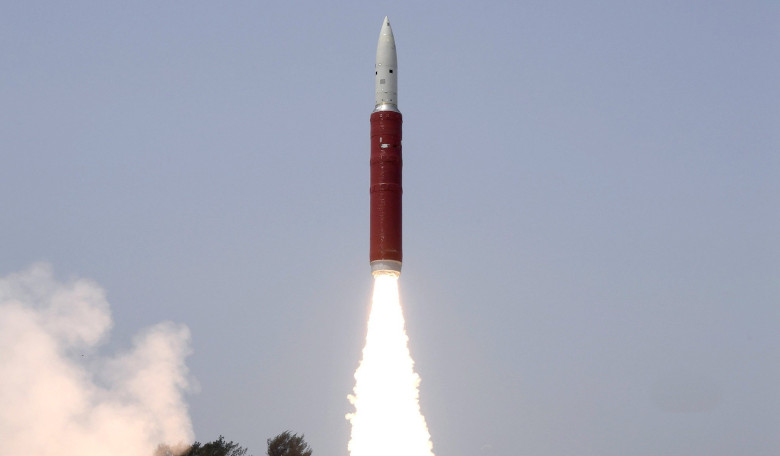India joined the ranks of a few select nations this week as the country conducted its first anti-satellite missile test and successfully obliterated a low earth orbit satellite in space.
Codenamed “Mission Shakti,” the test now means that India has become the fourth nation in the world with anti-satellite (ASAT) capabilities, after Russia, China and the US.
Its target was believed to be either the Microsat-R or the Microsat-TD satellite, both of which were built by the Defence Research and Development Organisation (DRDO).
The test was believed to have occurred yesterday, when the country’s Prime Minister Narendra Modi made a rare and unscheduled television announcement that the country had achieved an historic feat.
The test has sent ripples of surprise around the world as India in the past has maintained that space should be a frontier for peace and should not be subject to military control. The country’s commitment against weaponisation of outer space was reaffirmed by the PM while he applauding India’s DRDO on the successful test.
“The missile travelled a distance of almost 300 kilometres from earth and hit the target within three minutes of its launch,” said Modi. “The ASAT missile will give new strength to India’s space programme. I assure international community that our capability won’t be used against anyone but is purely India’s defence initiative for its security,” he said.
India has had the technical capability to develop ASAT weapons since 2012, but at the time, the then head of DRDO – V.K. Saraswat – said India would not do a physical test “because of the risk of space debris affecting other satellites.”
China received widespread global criticism for its test in 2007 when it shot down a satellite in LEO at an altitude of 800 kilometres, as the fallout of the explosion produced more than 2,000 pieces of debris; hundreds of which will remain floating around in orbit for decades to come.
In 2008, the US shot down a satellite at a lower altitude of 240 kilometres, but due to the decreased distance it produced minimal debris that decayed out of orbit within a year.
The target destroyed in India’s Mission Shakti was at an altitude comparably to that of the US test, so a similar expectation as far as space debris goes is perhaps anticipated by DRDO.











